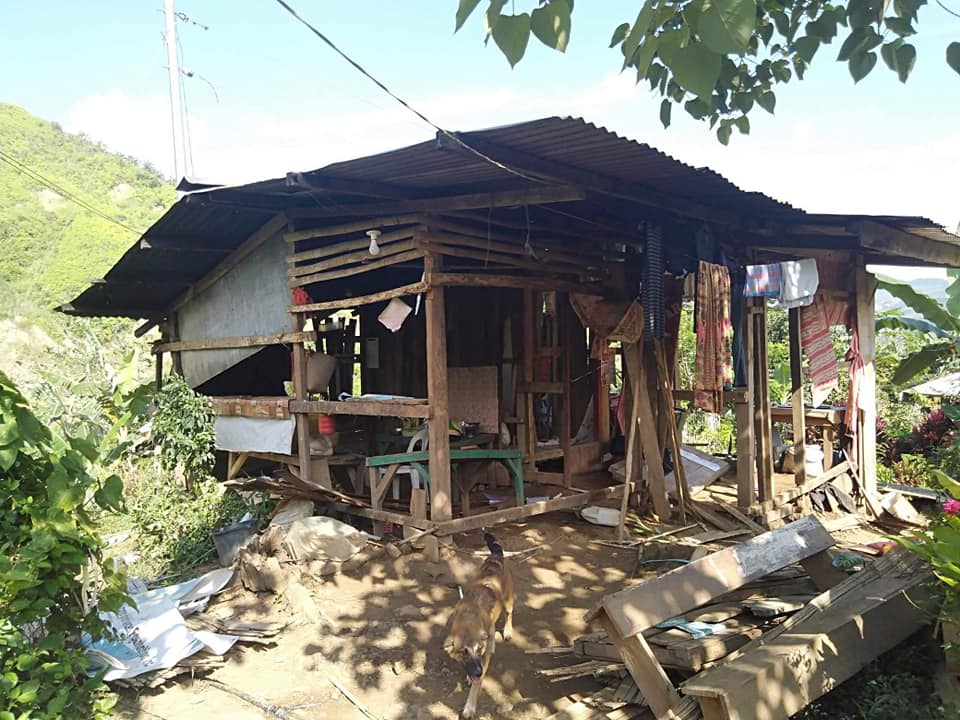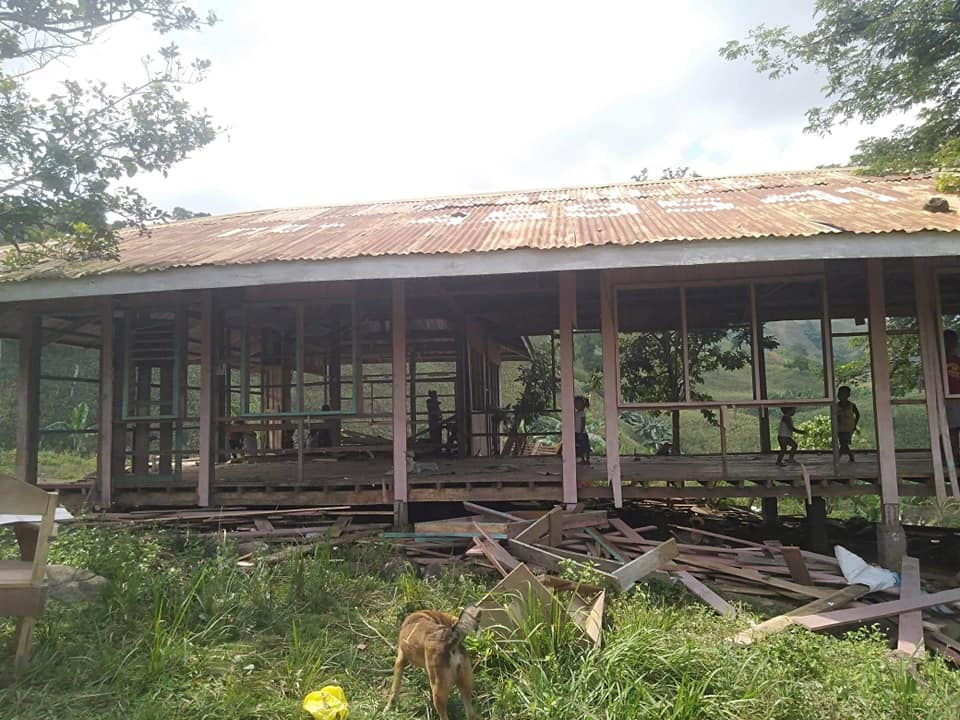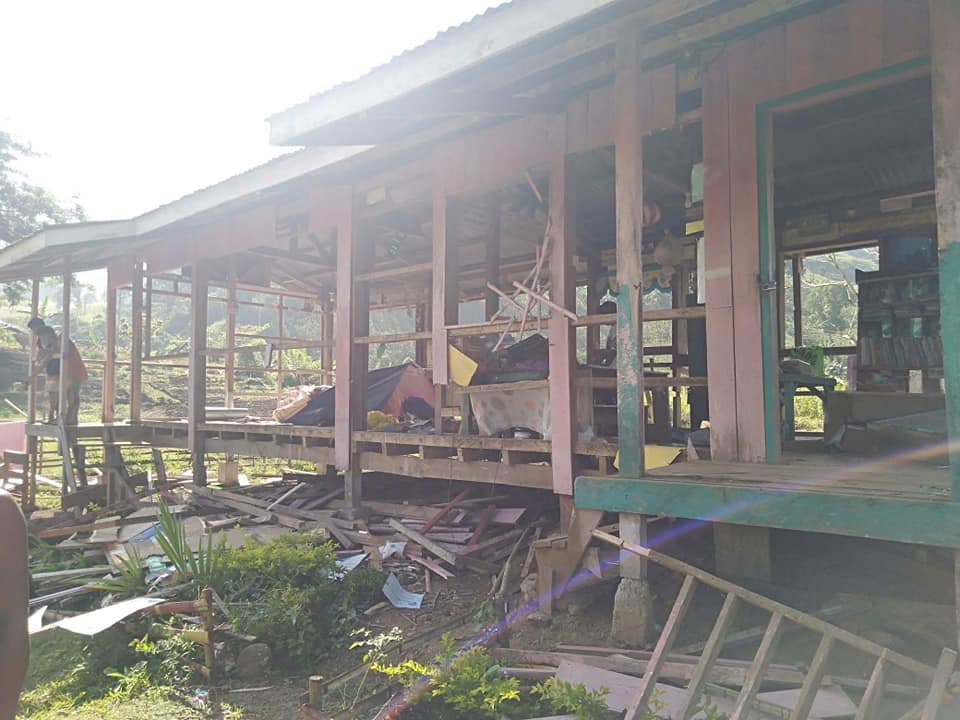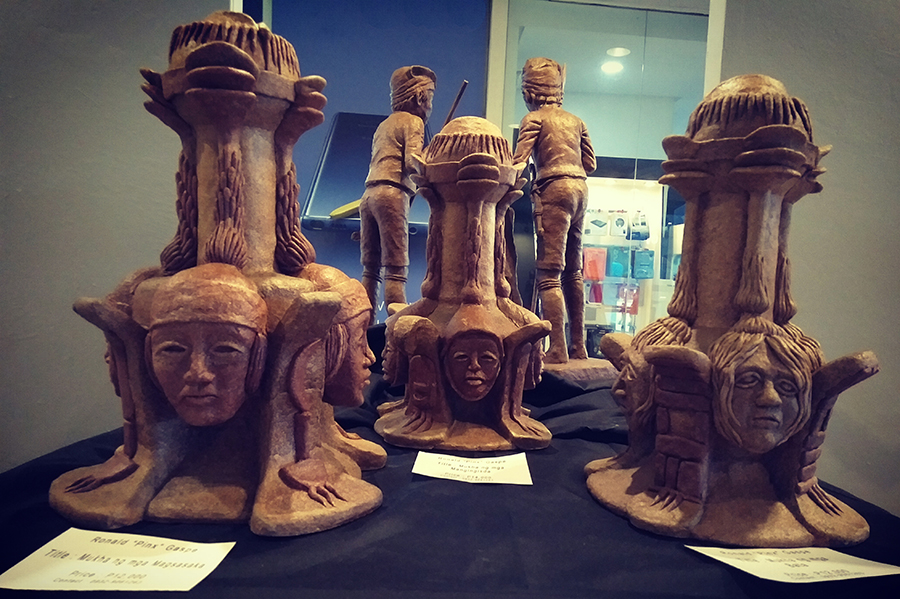Former Dubai resident recounts typhoon ordeal in the Philippines
‘We stayed in our bathroom for hours until our neighbor helped us out of the rubble’
By Angel L. Tesorero
DUBAI: For Budo Baylosis, 37, a former Dubai resident, Siargao is a paradise island in the Philippines – a perfect holiday destination for local and international tourists and a blissful home with white-sand beaches and enchanting lagoons.
But things changed last week when super typhoon Odette (international name: Rai) wreaked havoc in central Philippines with torrential rains, violent winds and storm surges. The hardest hit area was Siargao.
The category 5 super typhoon – the strongest that hit the disaster-prone Southeast Asian country this year – first made landfall in the island on December 16. Packing a maximum sustained winds of up to 260 kph, Typhoon Odette destroyed homes and properties, uprooted trees, and toppled power and communication lines.
Livelihoods were destroyed, many people were injured, numerous died. On Tuesday, authorities said Odette has claimed at least 375 lives while 56 people are still missing and 515 were injured across several provinces and cities.

Flattened to the ground
The entire Siargao Island was almost flattened to the ground by the onslaught of the typhoon. Videos and pictures of the destruction were shared on social media, including one showing the newly-inaugurated Siargao Sports Complex Gym that was used by evacuees to weather the storm. The roof of the gymnasium collapsed due to the strong winds, less than two hours after Odette hit the island.
Budo’s apartment was totally destroyed like the rest of Siargao Island.
“We stayed in our bathroom for hours until our neighbour helped us out of the rubble,” Baylosis told Gulf News.
He recalled: “We took shelter in their (neighbour) home until the next day (Friday, December 17) together with other families in our street. They prepared food for everybody and gave us a place to sleep for the night.
“The next morning we saw the extent of the damage and at the same time, the best sunrise. The following days were busy checking up on friends and families, recovering what we can save from our things; finding shelter, food and water,” added Baylosis.

Leaving the island
On Sunday, Baylosis, his six-year old son Gat, and partner Marcella, 34, a lawyer, took a small outrigger boat to leave the island, together with a friend – a mother and her one-year old baby.
The boat brought them to Surigao del Norte and from there they took a van that brought them to Davao City, where the mother has a house.
“We did not bring any other belongings – except for some change of clothes, important documents and laptop,” said Baylosis, whose family moved to Siargao only four months ago.
“We brought everything to Siargao when we moved. After the storm, we still saved a majority of our belongings but we were not able to carry them out of the island,” he added.
‘We are the news’
Baylosis said: “We used to watch (on TV) this kind of situation from the comforts of our apartment, now we are the news. It was a scrabble to manage everything without electricity and phone communication.”
He added he also witnessed how people reacted to tragedies. “Disasters brought out the true colours of people – from stories of looting and depriving a six-year old with a glass of water; to people who had less in life but were kind and generous in opening their doors to strangers and giving them meals.”
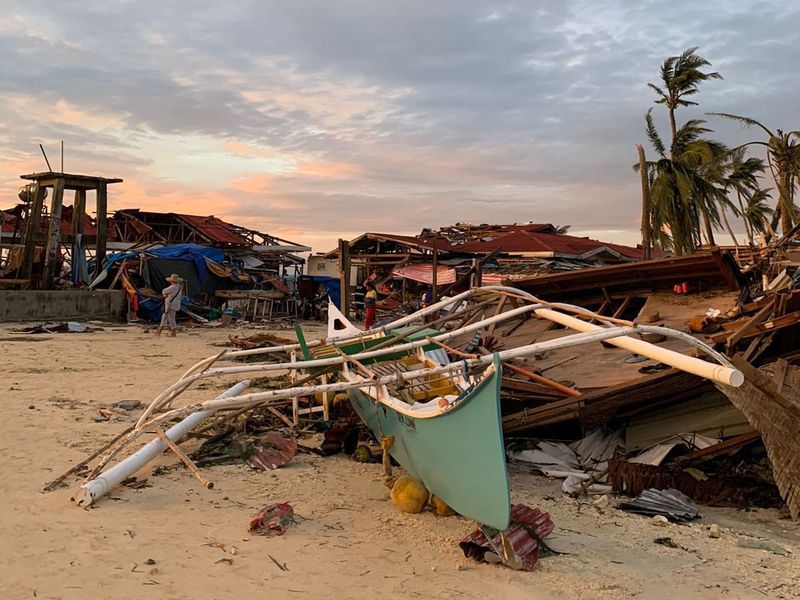
Safe in another city
Baylosis continued: “Siargao has been our home in the last four months. It was with a heavy heart we left the island during these tough times. For now, I had to secure the safety of my family. We’ve managed to get out of the island on a small boat and van; and now we are safe in the nearest big city.”
“The following days and weeks will be uncertain. Electricity will be out for months. There is no reliable means of communication and everywhere in the island has turned into rubbish,” he added.
Baylosis said his family will be returning soon to their old apartment in Manila. “We will definitely come back to Siargao. But for now, what we can do is to help remotely and send aid. There are a lot of ongoing relief missions for the island but we are planning to send construction materials for people to have roofs over their heads and slowly rebuild the homes they’ve lost,” he underlined.
“Our friends in Davao are mobilizing a relief effort. Hopefully, help will get from here quicker as we are closer to the island,” he added.
When asked how his family and the island people of Siargao will recover from the tragedy, Baylosis shared a photo of his six-year old son, Gat, showing his infectious smile and playing with his dog after the storm. “It’s a hopeful reassurance that people can recover from the tragedy. Siargao is paradise lost; but it will also be a paradise regained.”
Communication lines still affected, say Filipino expats
Many Filipinos in the UAE are still grappling to communicate with their families back home, almost a week after the super typhoon.
Rodeo Pagay, 43, an accountant and Dubai resident who is originally from Matalom, Leyte, told Gulf News on Wednesday the last he spoke with his wife and kids was last Thursday night, right after Typhoon Odette made its third and fourth landfall in the province.
Authorities said the typhoon crossed central Philippines with maximum sustained winds of 195 kph near the centre and gustiness of up to 270 kph, toppling most of the power and communication lines.
Sleepless nights
“I was sleepless for three days,” said Pagay, adding: “I was very worried. I couldn’t contact my wife and kids – there were no phone signal or internet. It was only on Monday that I heard from a friend about the situation in our hometown in Santa Fe.”
“Although I was still not able to hear anything from my family – I have two kids, seven-year-old girl and one-year old baby boy – I was assured by my friend that they are safe. Our town was heavily affected by the storm but there were no injuries or casualties in our neighborhood,” Pagay noted with relief.
“My biggest worry is that I still cannot contact them. People had to travel for three hours to go to the next town to get a phone signal but because we have a baby, my wife could not go out,” he added.
Pagay said his niece from the nearby city of Cebu had booked a flight to Leyte, bringing with her relief goods and some needed groceries for the family.
“I hope I will be able to speak to my family immediately, especially now that Christmas is coming,” he added.
Erratic signal
Erik Briones, 40, a web designer in Dubai, said intermittent communication signal is one of the biggest concerns at his hometown in Talisay, Cebu.
He said: “After the typhoon hit, I was only able to talk to my mother and sister this morning (Wednesday) for just five minutes and the signal was really very bad.”
“Several towns in Cebu remain inaccessible and communication is really a big challenge,” underlined Briones, adding: “Thankfully, my mother and sister are safe.”
Briones continued: “Our old house was damaged and flood went inside but my mother and sister were in another house when the typhoon battered our province. I was able to talk to them on Thursday night at 10pm, and they were okay. They even housed our neighbours who had two kids and they remained safe for the night.”
For now, Briones said the people in their province immediately need potable drinking water. “People line up for four hours at water refilling stations to get water,” he added.
UAE solidarity
Meanwhile, the UAE on Monday “expressed its sincere condolences and solidarity with the Philippines over the victims of Typhoon Rai. WAM (Emirates News Agency) said: “The typhoon caused hundreds of fatalities and left thousands homeless. The Ministry of Foreign Affairs and International Cooperation expressed its sincere condolences and sympathy to the Philippines government and victims’ families over this enormous loss, wishing the injured a speedy recovery.”
The Philippine Consulate General in Dubai also posted on its official Facebook account the contact details of regional headquarters of the Philippine Office of Civil Defence, to help Filipino expats in the UAE contact their families back home. #
= = = = =
This report is original to Gulf News where Angel L. Tesorero is a senior reporter.

